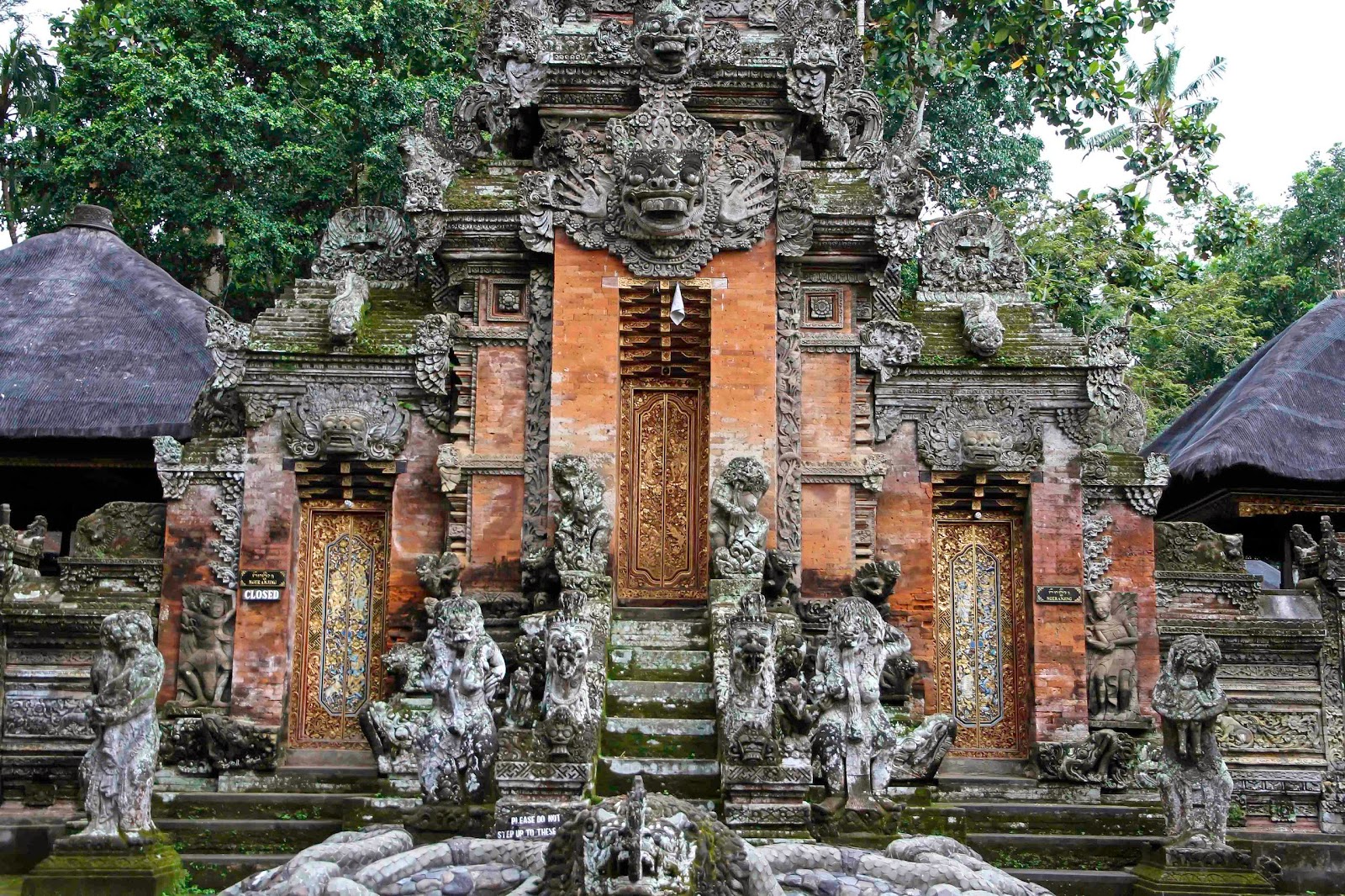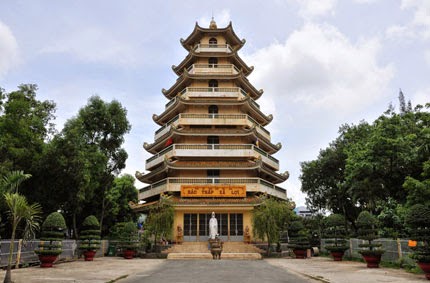 |
| the building lotus temple |
The Lotus Temple, located in New Delhi, India, is a Bahá'í House of Worship completed in 1986. Notable for its flowerlike shape, it serves as the Mother Temple of the Indian subcontinent and has become a prominent attraction in the city. The Lotus Temple has won numerous architectural awards and been featured in hundreds of newspaper and magazine articlesSince its inauguration to public worship in December 1986, the Bahá'í House of Worship in Delhi has, as of late 2001, attracted more than 70 million visitors, making it one of the most visited buildings in the world. Its numbers of visitors during those years surpassed those of the Eiffel Tower and the Taj Mahal. On Hindu celebrative days and holy days, it has drawn as many as 150,000 people in one day.
This House of Worship is generally referred to as the "Lotus Temple". In India, during the Hindu festival Durga Puja, several times a replica of the Lotus Temple has been made as a pandal, a temporary structure set up to venerate the goddess Durga. In Sikkim a permanent replica is of the Hindu Legship Mandir, dedicated to Shiva
Amber city or 'Amber Fort' is located in Amber. Vast city is 4 square kilometers. The distance is 11 kilometers from Jaipur, the land of Rajasthan, India .He became pull ramble main in the area of Jaipur, on top of a hill. This ancient fortress became the capital during the reign of Kachhawa clan of Amber 1037-1727 ad. Senibinanya artistic style, a combination of Hindu and elements Mughal.Terdapat large fort, several series of gates and the central rocky, overlooking Lake Savail, in front of her.
Wall of four levels outside the palace complex of luxury fostered rather than red brick and marble Diwan-e-Aam .While Sheesh Mahal (palace of mirrors) or Jai Mandir, and Niwas Sukh feel the breeze on the water in the cascade palace. Amer Fort is also known as the Palace of Amer.
The palace was inhabited by Maharaja Rajput and their families. At the entrance to the palace lay the fort Ganesh Gate. A temple dedicated to Sila Devi, the goddess cult Chaitanya.
This fort and Jaigarh Fort is located just above the Cheel ka Teela (Hill of Eagles). There is a tunnel under tanah.Terowong this as a way out during the war.
Seramai 5000 visitors per day visit the town ini.Seramai 1.4 million visitors were reported in 2007.
gateway of india mumbai
The Gateway of India is a monument built during the British Raj in Mumbai (formerly Bombay), India. It is located on the waterfront in the Apollo Bunder area in South Mumbai and overlooks the Arabian Sea. The structure is a basalt arch, 26 meters (85 feet) high. It lies at the end of Chhatrapati Shivaji Marg at the water's edge in Mumbai Harbour. It was a crude jetty used by the fishing community which was later renovated and used as a landing place for British governors and other prominent people. In Earlier times, it would have been the first structure that visitors arriving by boat in Mumbai would have seen. The Gateway HAS ALSO been Referred to as the Taj Mahal of Mumbai, and is the city's top tourist attraction.
The structure was erected to commemorate the landing of Their Majesties King George V and Queen Mary at the Apollo Bunder, when they visited India in 1911. Built in the Indo-Saracenic style, the foundation stone for the Gateway of India was laid on 31 March 1911. The final design of George Wittet was sanctioned in 1914 and the construction of the monument was completed in 1924. The Gateway was later the ceremonial entrance to India for the new Viceroys and Governors of Bombay. It served to allow entry and access to India.
The monument has witnessed three terror attacks from the beginning of the 21st century; twice in 2003 and it was Also the disembarkation point in 2008 when four gunmen attacked the Taj Mahal Palace & Tower.
river Ganges
Ganga is a river in northern India and the Indian government officials and according to a national river Bharat. In Hinduism, the Ganga is also worshiped as dewi.Sungai this is a holy river for the Hindu religion
Ganga (Sanskrit and Hindi: गंगा; Ganga) or Ganges (spelling the west) is the name of a goddess in the Hindu religion that worshiped as the goddess of fertility and cleansing sins with holy water to pour. He is also the Goddess of the holy river Ganges River in India. Goddess Ganga is often portrayed as a beautiful woman who poured the water in the jar. Hindus believe that if bathing in the Ganges at the right time will have forgiveness of sins and allows a person to obtain salvation. Many people believe that the results obtained by bathing in the Ganges at any time. People travel from distant places to immerse the ashes of the remains of their family members into the water of the Ganges; dyeing was believed to be the services to deliver the ashes to heaven. Several places sacred to Hindus lie along the banks of the river Ganges, including Haridwar, Allahabad and Benares.
City Palace, Jaipur, the which includes the Chandra Mahal and Mubarak Mahal palaces and other buildings, is a palace complex in Jaipur, the capital of the Rajasthan state, India. It was the seat of the Maharaja of Jaipur, the head of the Kachwaha Rajput clan. The Chandra Mahal palace now houses a museum but the greatest part of it is still a royal residence. The palace complex, located the northeast of the center of the grid-patterned Jaipur city, incorporates an impressive and vast array of courtyards, gardens and buildings. The palace was built between 1729 and 1732, initially by Sawai Jai Singh II, the ruler of Amber. He planned and built the outer walls, and later additions were made by successive rulers, continuing up to the 20th century. The credit for the urban layout of the city and its structures is Attributed to two architects namely, Vidyadar Bhattacharya, the chief architect in the royal court and Sir Samuel Swinton Jacob, apart from the WHO Sawai himself was a keen architectural enthusiast. The architects Achieved a fusion of the Shilpa Shastra of Indian architecture with Rajput, Mughal and European styles of architecture

































































